
Wajib Tahu! Penyebab Kapalan di Kulit, Salah Satunya Terlalu Sering Memakai Sepatu Hak Tinggi
Kaki is native to India, Burma, China and Korea, and is widely cultivated in Japan. Oval to obovate leaves (to 6" long) emerge yellowish-green in spring, mature to glossy green in summer and turn gold to red in fall. Trees are usually dioecious (separate male and female trees), but some trees have both male and female flowers and in some cases.

Kaos kaki, Kaki, Kaos
The key is to prevent the stalk from drying out. Take a piece of paper towel (or tissue paper) large enough to cover the stalk. Wet it with water and cover the stalk. Then wrap the Kaki in film and put it into a plastic bag, before placing it in the vegetable section of your refrigerator with the stalk face down.
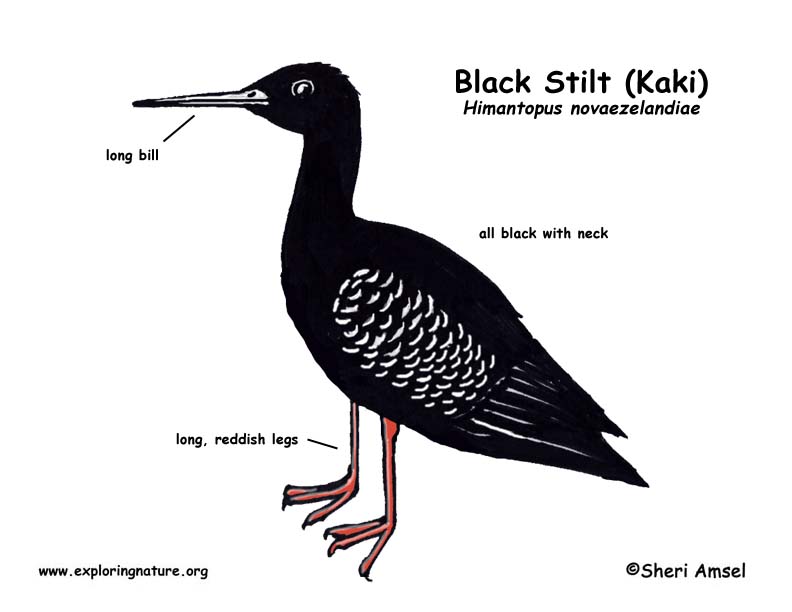
Kaki (Black Stilt)
Amongst, persimmon ( Diospyros kaki L.) is one of these nutritious fruits bestowed with strong antioxidant activity (Jung et al., 2005 [ 59 ]; Igual et al., 2008 [ 50 ]). Persimmon is fleshy fibrous tropical, deciduous fruit belonging to Ebenaceae family. It is commonly cultivated in warm regions of the world including China, Korea, Japan.
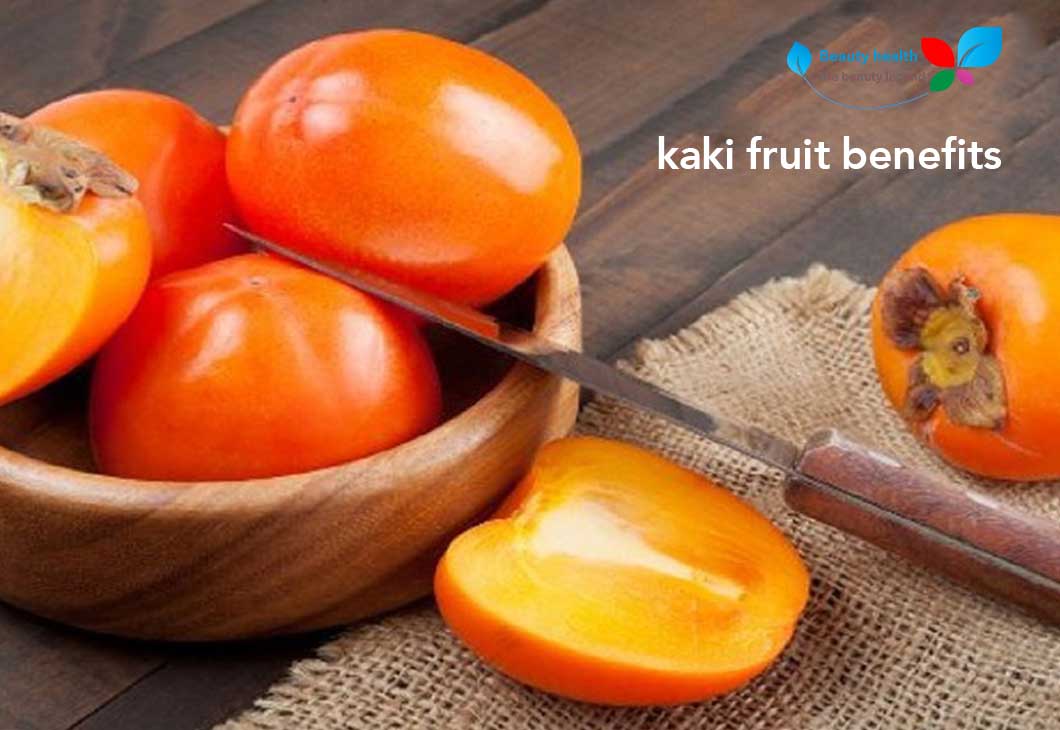
Kaki Fruit Benefits 7 Amazing Benefits For Your Health
In Japan, the spicy rice snack is commonly served with beer as an " Otsumami (おつまみ) " and often eaten with hot or cold green tea as an afternoon snack or " Oyatsu (おやつ) ". In fact, Kaki no Tane goes perfectly with beer, for the gas and bitterness of the drink can calm the saltiness and heat of the snack, and this also applies to green tea.

6 Cara Menghilangkan Tritipan pada Baju dengan Mudah
History: Kaki Persimmon. Kaki Japanese persimmon is a smooth-skinned fruit, growing on trees. It requires a lot of sun and flourishes well in hot conditions. During the initial stages, the young plant needs a lot of water, but can later survive with lesser water. The Kaki Japanese persimmon, has its roots in Asia, primarily in Japan and Korea.

BestandDiospyros kaki, 20061221.jpg Wikipedia
The Chinese persimmon (D. kaki) is the most cultivated variety and it is consumed raw as fresh fruit and also cooked in many different ways. The fruit has a diameter of 3-9cm and a weight ranging from 80 to 250g, according to the variety. It is red, orange or yellow, with an orange, sweet and juicy pulp, although with a slightly sharp taste.

Aksi Silat Tritipan Garuda Paksi Jati Asih YouTube
Persimmon. Oriental persimmon fruit, whole and halved, of the firm cultivar 'fuyu'. The persimmon ( / pərˈsɪmən /) is the edible fruit of a number of species of trees in the genus Diospyros. The most widely cultivated of these is the kaki persimmon, Diospyros kaki [1] - Diospyros is in the family Ebenaceae, and a number of non-persimmon.

kaos kaki soka essentials Combination polos Grosir Kaos Kaki Soka Handsock Muslimah Grosir
Diospyros kaki, the Oriental persimmon, Chinese persimmon, Japanese persimmon or kaki persimmon, is the most widely cultivated species of the genus Diospyros. Although its first botanical description was not published until 1780, [4] [3] D. kaki cultivation in China dates back more than 2000 years.
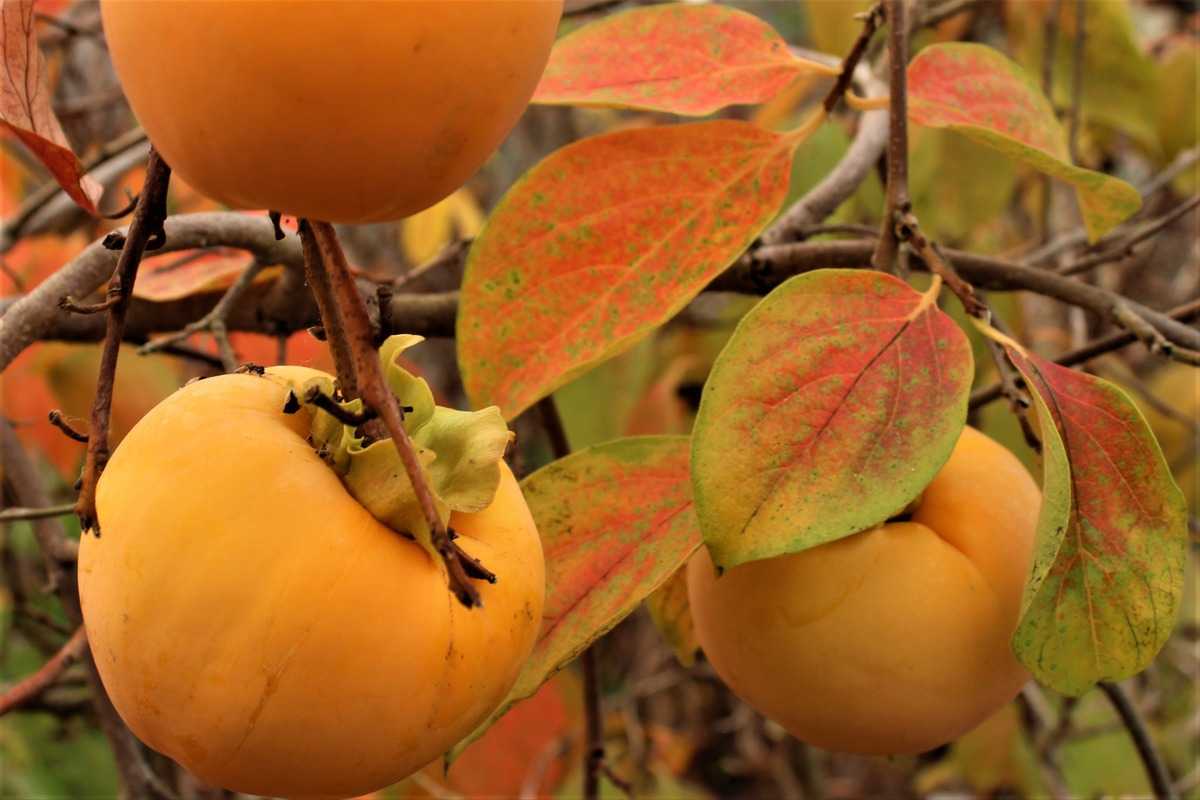
Blumen & Pflanzen Asian Persimmons Baum Strauch 25 Samen Japanische Persimmon, Diospyros kaki
MeSH terms Anti-Inflammatory Agents, Non-Steroidal / adverse effects* Anti-Inflammatory Agents, Non-Steroidal / therapeutic use
Gambar Ikon Garis Jejak Kaki Vektor, Kaki, Tapak, Langkah Kaki PNG dan Vektor dengan Background
posted by John Spacey, December 26, 2014. Kaki are a red-orange Japanese fruit that can be eaten ripe or dried. They are known as Japanese Persimmon in English.The Kaki is native to Japan. There are up to 800 varieties of Kaki but only a dozen or so are common.Kaki are crisp with a strong citrus-like taste. They're about the size of an apple.
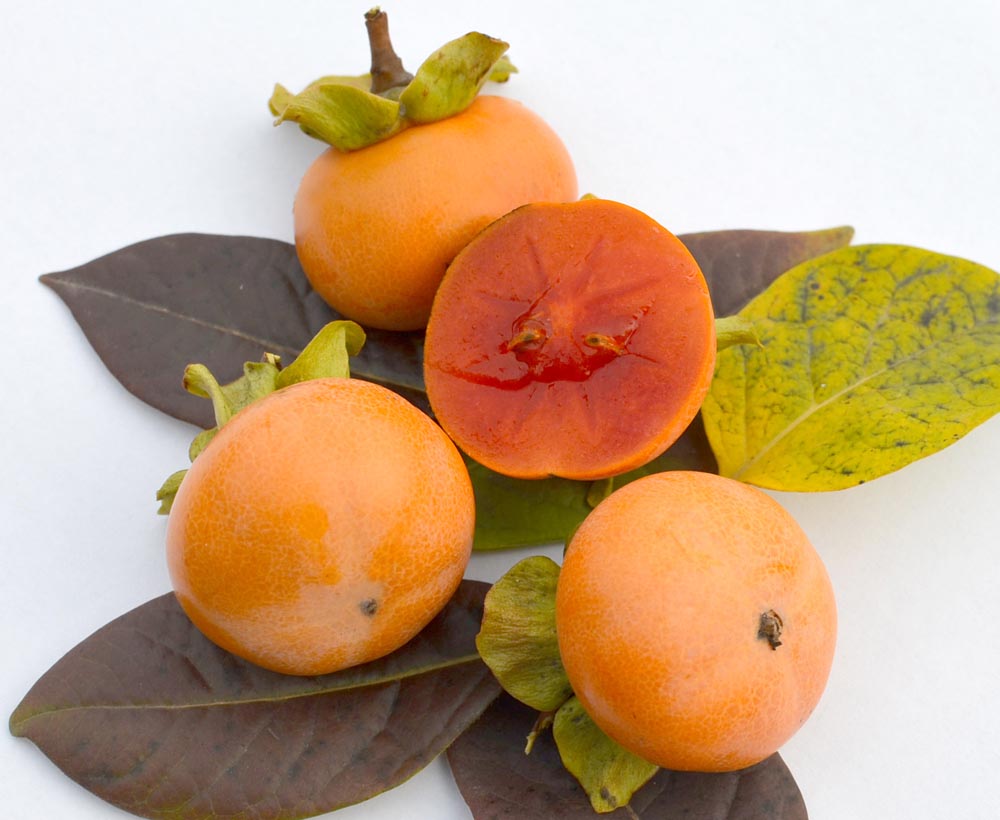
Kaki (Diospyros kaki) CHINEBULI
Dried kaki, called hoshigaki, in Japanese are the dried astringent persimmon or shibugaki. Often enjoyed just like other dried fruit, they are quite delicious and very sweet as the sugars have concentrated. Hoshigaki are also used in many Japanese traditional sweets known as wagashi. Because of their intense sweetness, hoshigaki are often used.

planter un kaki persimon
Cut the bottom of the twig at a 45-degree angle, and dip it in powdered rooting hormone or a cloning gel like Olivia's, which is available at Arbico Organics. Fill a six-inch pot with fresh potting soil. Then, use a pencil or chopstick to make a hole in the soil and put the twig into it, inserting it about halfway.

Rendaman Kaki Aura 2014
Japanese persimmon tree also goes by the name kaki tree (Diospyros kaki), oriental persimmon, or Fuyu persimmon. Kaki tree cultivation is known for its slow growing, small tree size and production of sweet, juicy non-astringent fruit. The growing of kaki Japanese persimmons was introduced into Australia around 1885 and brought to the USA in 1856.

Sakit Gigi Pijat Kaki Pijat C
Cuci seperti biasa dengan detergen sampai bersih. Bilas dengan air dingin, lalu jemur sampai kering. 4. Kalau pakaian yang tritipan berwarna putih, kamu bisa hilangkan noda bintik hitamnya dengan pemutih pakaian. rendam pemutih via www.vondanote.com. Rendam baju terlebih dahulu dengan air dingin selama 20-30 menit.
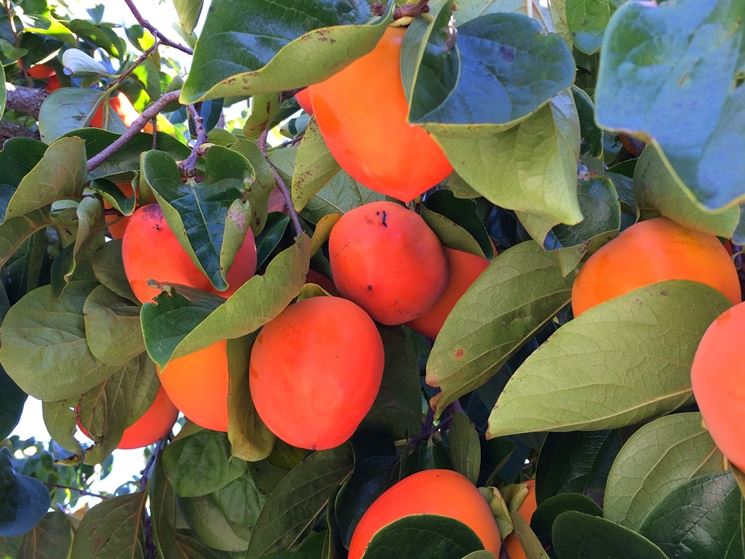
Kaki coltivazione Diospyros kaki Diospyros kaki Frutteto Kaki Diospyros kaki Frutteto
Posted on December 24, 2020. Kaki (persimmon) is a phenomenal fruit. It is extremely adstringent when unripe, but extremely sweet and pleasant when it is properly ripe. Its full sweetness is complemented with distinctive kaki notes and silky mouthfeel. Truly a taste that stays on your tastebuds for many minutes and in your head for hours.

Kaki Lima
The Chinese variety arrived at Japan in the VIIIth century, where it became a highly appreciated fruit. From there it spread to the rest of the world, arriving at the United States in 1870. In Europe, the American kakis were the first to be introduced. Asia produces 96% of the world-wide production. In Europe and South America there is little.